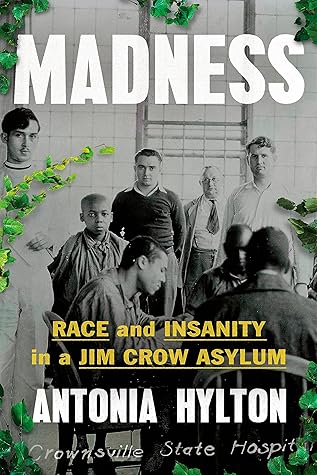More on this book
Community
Kindle Notes & Highlights
Read between
March 4 - March 14, 2024
And I felt more shame, because a not-so-secret part of me was wishing there was a place, an institution of some kind, where I could take my loved one for healing or rest or safety. A place where the experts would be wearing white coats but never gun holsters. A place where doctors would promise me that my loved one was safe, they were sleeping, and they were going to get the best of whatever treatment was available. But because I’ve studied the history of mental healthcare systems in the United States, I know such a guarantee never really existed. Not for my loved one, anyway.
Early records and photos of Crownsville’s founding led me to question America’s legacy of race in mental health: What does it mean to be healthy and well enough to clear the woods, build a road, and construct a hospital, yet also be so sick you require institutionalization?
“The Man was real in the 1970s for a Black man from the South. But how do you deal with The Man?” Kendal once asked me earnestly. I fell silent. “People were out to get him, and eventually people got him. It is hard to identify or diagnose mental illness in those conditions. It makes the symptoms look logical.”
Mr. Bell stood still. With Marie at his side, he tilted his head all the way back and looked up in awe. “I’ll be goddamned,” he whispered, “there’s the sky.”


